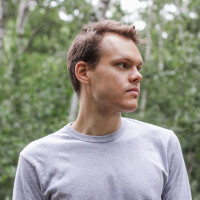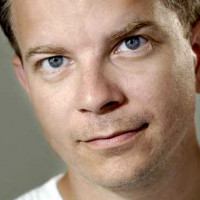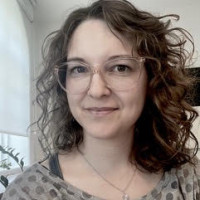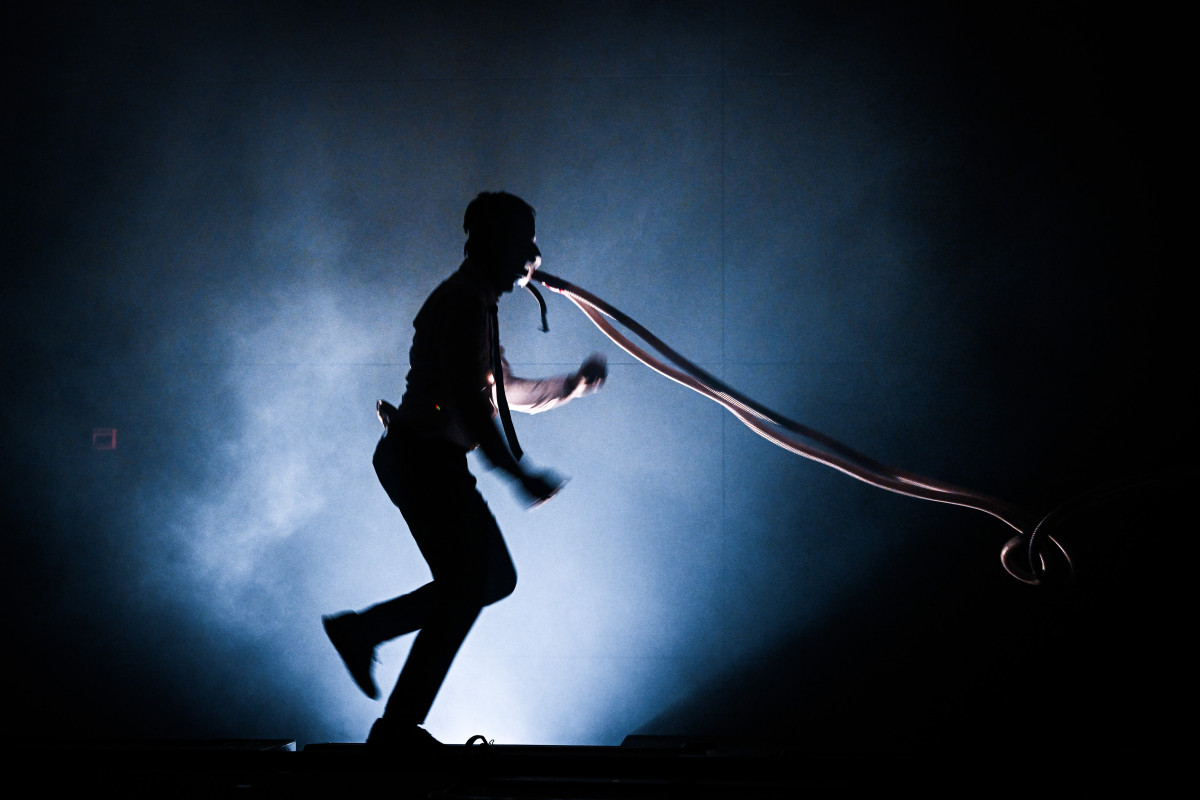
Det er et ydmygt emne, Simon Steen-Andersen har valgt til sin performance Walk the Walk: emnet er at gå. Følgerigtigt går de fire performere fra schweiziske Ensemble This Ensemble That rundt på scenen både i almindelige og lysende sko, på stedet, på løbebånd, og bare helt normalt. Walk the Walk er en tour de force gennem forskellige vinkler på emnet, og forskellige vinkler at lave teater på. Performerne er del af en nøje timet score, hvor hvert et skridt og til tider enhver stavelse skal leveres pointeret for at gå op i en højere enhed med scenografi, lydplayback og de øvrige medspillere. Instrumenter spiller de ikke på, de spiller på og med rekvisitterne; sko eller mikrofoner for eksempel. Kun helt til sidst får perkussionist Brian Archinal lov til at røre drumsettet, indtil også det bliver taget fra ham når det bliver hevet op i luften. Trommerne spiller videre, dog, ved hjælp af en slags trommeslagsmaskine. Scenografien tager over.
Tysk teater ser ud til at have inspireret komponisten, der arbejder med kneb som meta-samtaler om værket i værket (som den tyske instruktør René Pollesch), musikalsk nonsense (i stil med noget Christoph Marthaler kunne have fundet på), eller en scenografi der bliver til et selvspillende instrument (som Heiner Goebbels tidligere har gjort). Bedst fungerer værket, når sammenhængen mellem emnet og det sceniske og musikalske bliver tydligt, som når performerne går i takt med et lydsample, der bliver kortere og kortere, og det udsnit af scenen, vi som publikum ser, bliver mindre og mindre. Mindre godt fungerer det, hvor musikerne agerer som skuespillere, eller skal lipsynche til lydklip, hvilket de desværre gør rigtig meget.
Walk the Walk er en multimediel undersøgelse af et tilsyneladende banalt tema. Men præcis hvorfor vi skal se et stykke om at gå bliver ikke helt klart. Snarere virker emnet som en undskyldning for de forskellige permuteringer af mediale konstellationer, komponisten vil lege med. Live-tale, optaget tale, samples, scenografi, rekvisitter, lys – alt dette er instrumenterne, Steen-Andersen bygger sin komposition af. Imponerende er det, og han finder på originale kombinationer. Æstetisk efterlader det et blandet indtryk. Et eller andet sted mellem sofistikeret koncept, en hjemmelavet virkende scenografi, drenget humor og lecture performance. Steen-Andersen spiller højt risiko når han vælger selv at stå for alt fra musik til scenografi, lys og instruktion. I nogle få øjeblikke bliver publikum belønnet med noget enestående. Men hvorfor ikke have tillid til et dygtigt hold skuespillere, en scenograf, lysdesigner, dramaturg eller en instruktør? Den præcision, værket forlanger, bliver ikke helt forløst.
En tone, otte åndedræt og klangen af venten
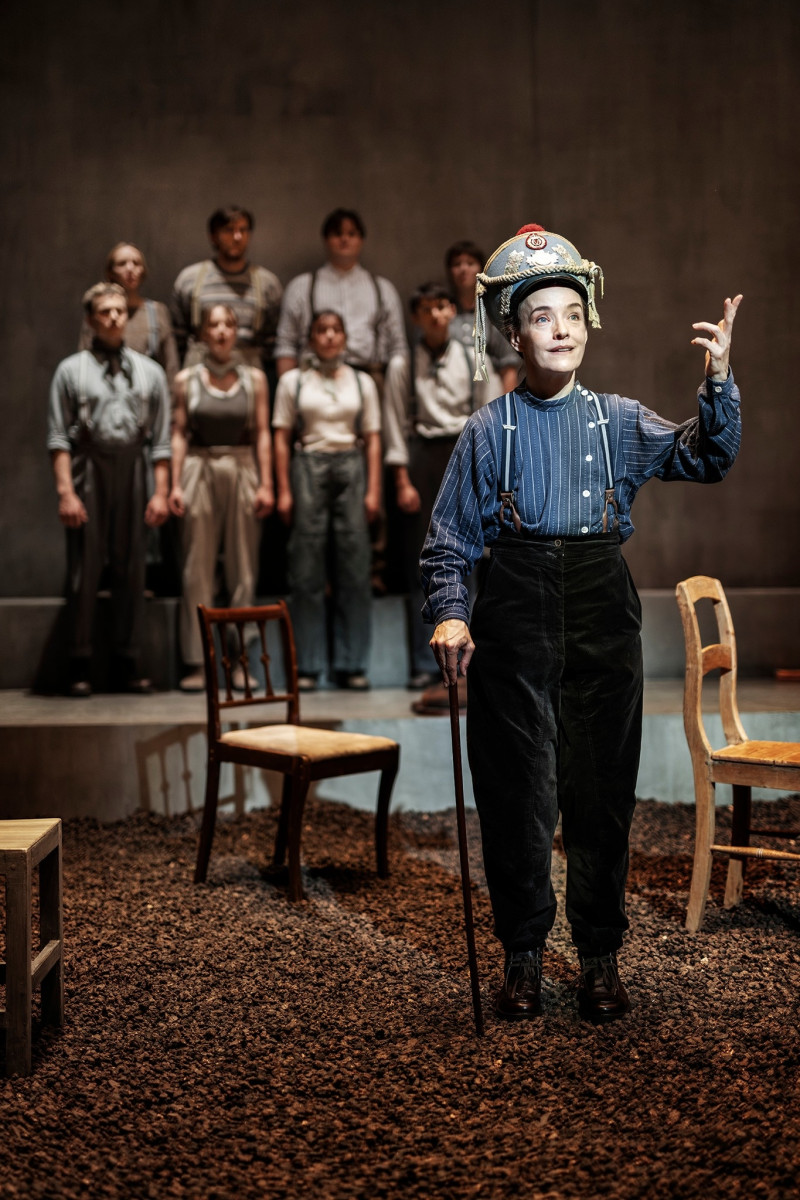
Blot én skuespiller er på scenen i Kejseren af Portugalien – omgivet af otte sangere. I Elisa Kragerups stramt koreograferede iscenesættelse bliver Louise Alenius’ a cappella-komposition en fysisk oplevelse, hvor åndedræt og bevægelse smelter sammen. Den akustiske lydside interagerer besynderligt tyst med de øredøvende, maskinelle lyde, der opstår undervejs, når fx lyskegler på scenen bliver hævet og sænket. Det er, som hvis tilværelsens ubarmhjertighed her i glimt får et lydligt udtryk, der indfanger Selma Lagerlöfs intentioner.
Den sparsomme – eller måske snarere nøjsomme – lydside spejler sammen med de tarvelige bondedragter det hårde, monotone liv i en svensk bygd fra før, verden blev moderne. Og handlingen? En fattig bonde forguder sin datter, men da hun som ung voksen drager afsted til Stockholm uden at vende tilbage, bevirker hans årelange afsavn, at han på donquijotesk manér tror sig kejser over det imaginære land Portugalien, som datteren naturligvis tænkes indsat i som regent. Bondens længsel tangerer vanvid, mens datterens svigt eller tankeløshed ender med at ramme hende selv: På godotsk vis venter og venter han på hende, ligesom hun efter hans druknedød gør det på ham, da hans lig ikke er til at finde.
Stykket præges af en næsten konstant ubrudt drone i koret (frembragt ved hjælp af korisk vejrtrækning), altså en enkelt vedholdende tone, der som kunstnerisk greb illustrerer, hvordan musik i en teaterforestilling kan fremstå så minimal, at klangen i sig selv bliver meddelelsen, og fraværet af et musikalsk narrativ bliver hensigten. »Én tone spillet smukt, det er nok,« sagde Arvo Pärt engang. Bortset fra, at denne tone her bliver sunget, ville han i dette stykke have set sit udsagn bekræftet på radikal vis: Et maksimalt udtryk opnået med minimale midler, som vokalensemblet ÆTLA lykkes med at indfri.
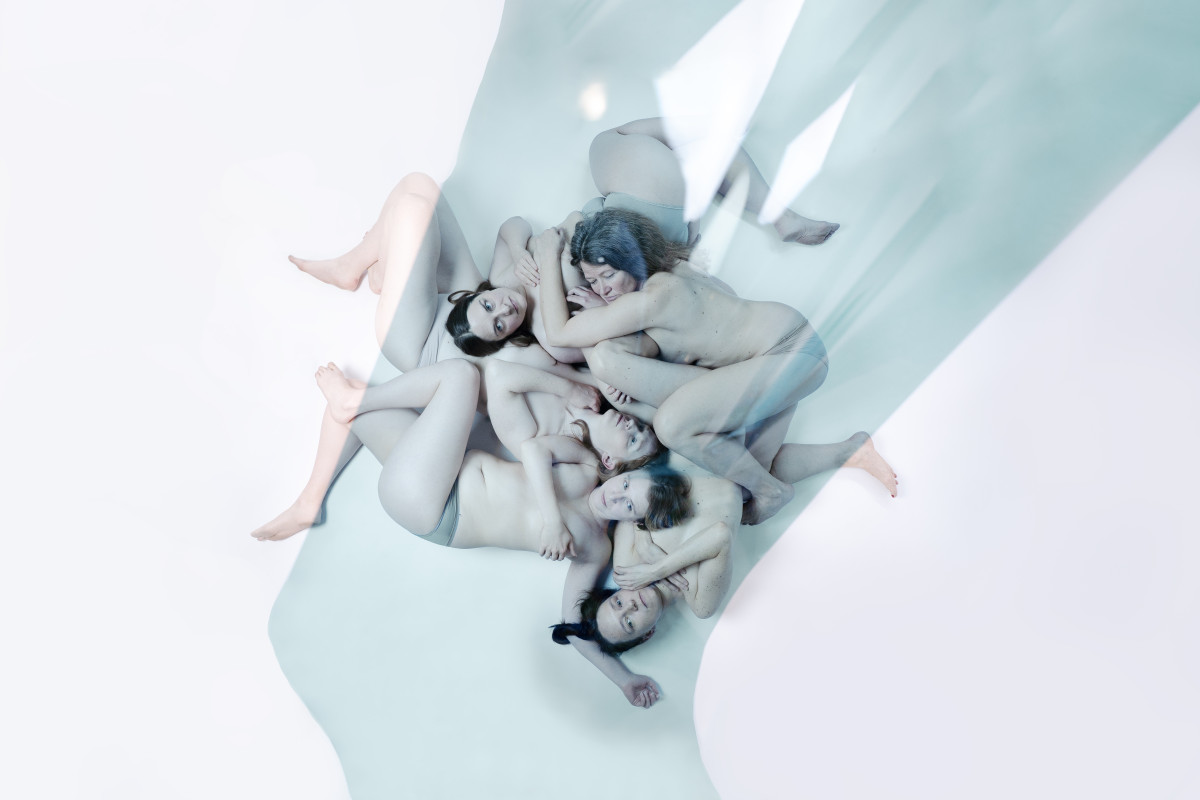
Det lyder, som om man har placeret en mikrofon direkte i nervesystemets elektriske impulser. Det nordiske, elektroakustiske vokalensemble IKI udforsker grænserne mellem krop og teknologi på deres femte og selvproducerede album BODY, hvor de fem sangeres kroppe smelter sammen til én stor, organisk rytmeboks.
Numrene skifter form, når kroppen trækker vejret, danser, vågner, løber, vandrer – i bydeform. Den harmonisk unisone rislen i »Float« får modspil af blinkende modemagtige lyde i »Regenerate«. Det hele indrammes af det genkommende tema »Circuit«, der til sidst samler stumperne til et eneste sammenhængende sprogligt udsagn: »Are you gone when your body is not breathing?«
BODY kræver koncentration. IKI hævder, at alle lyde på albummet er skabt med stemmen – et modsvar til det elektrisk manipulerede, som en slags omvendt version af vokallignende synthesizerlyde. Det er et ubegribeligt mysterium, man kan blive ved at lytte efter: Hvordan kan stemmen frembringe den harmonikaagtige lyd på »Breath«, der panoreres helt ud til venstre og langsomt overtager hele lydbilledet? Det kan den naturligvis ikke alene. Selve indspilningen er i sig selv en elektronisk mediering. De teknologiske værktøjer fungerer som et mikroskop for stemmens udtryk. Det er stærkt, fordi det spørger til overgangene mellem menneske og maskine, mellem liv og efterliv. Men præmissen rummer også et paradoks, der ikke helt lader sig opløse.
Mit navn er Bjarke Niemann – vil du se min playliste?
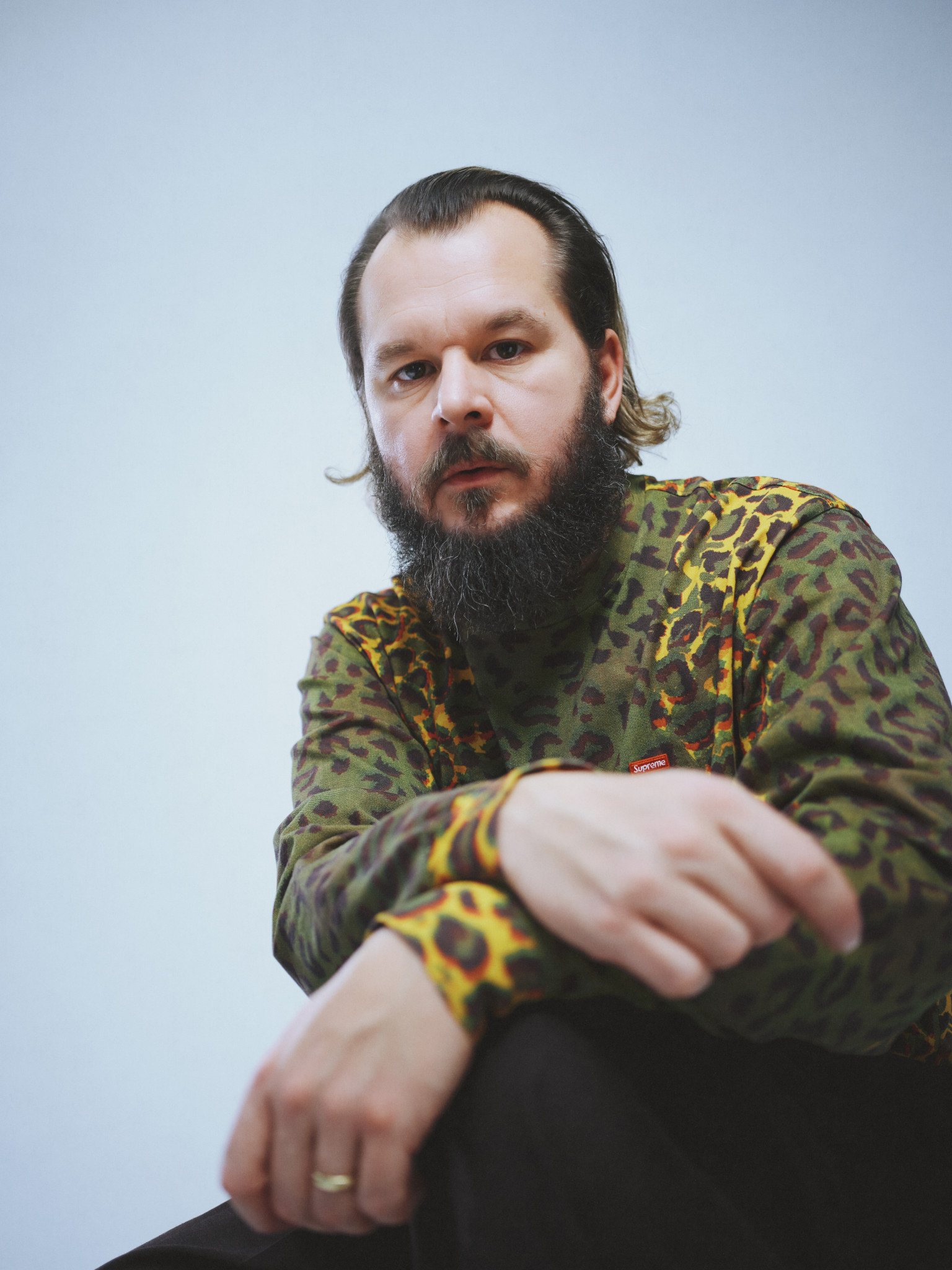
»Musik er alt det, man kun kan beskrive meget ringere med ord.«
Bjarke Niemann er forsanger, sangskriver og producer i det danske band Spleen United. Gruppen brød igennem med Godspeed Into The Mainstream i 2005 og har optrådt på bl.a. Roskilde Festival og Operaen i København. Bjarke Niemann har desuden komponeret og udviklet musik til TV og computerspil – bl.a. til den internationale computerspilsserie Hitman – og produceret album med kunstnere som Soleima, Statisk, Afskum og Hugorm.
My name is Motis Necrojam – would you like to see my playlist?
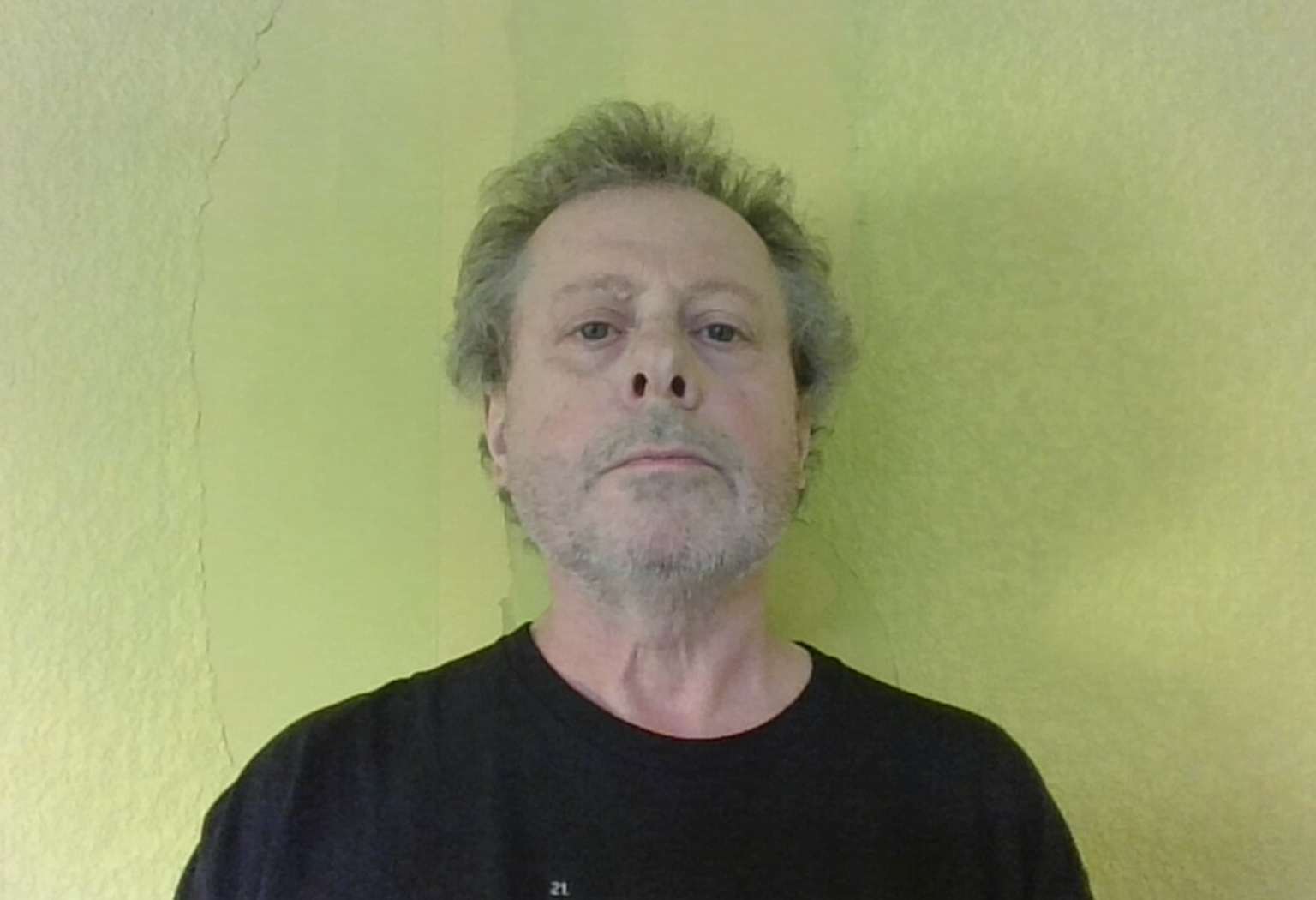
»Music is the pursuit of original failure...«
Motis Necrojam is the singer and collager with the Noseflutes and The Clicking Stick, a pair of combos from the old English Birmingham times, adorned with new-times dedication to derailment, approved by Sir John Peel, via their four live sessions for his mighty BBC Radio programme, occasional treaders of the boards, musicians with alias obsessions. One thing Necrojam has is a digit on the diminishing pulse.
Mit navn er Katrine Muff – vil du se min playliste?

»Musik for mig er nøglen til, og en forlængelse af, mit ordforråd. Hvis det kniber med at sætte »taleord« på noget indeni, eller hvis jeg har brug for forløsning med en ordentlig tudetur, kan den rigtige sang få mig i rette gear med det samme. Det kan både være teksten, melodien eller begge dele, der giver direkte adgang til mine følelser, hvor hjernen bare kan sættes i frigear og lade sig rive med.«
Katrine Muff, født 1985, er komponist og sanger. Hun har sat musik til tekster af bl.a. Stine Pilgaard og Suzanne Brøgger, og i 2021 modtog hun Den Folkelige Sangs Pris. Sammen med Lone Hørslev er hun aktuel med udgivelsen af albummet Jeg ønsker mig og som sangskriver på teaterkoncerten STOLT (Folketeateret).
